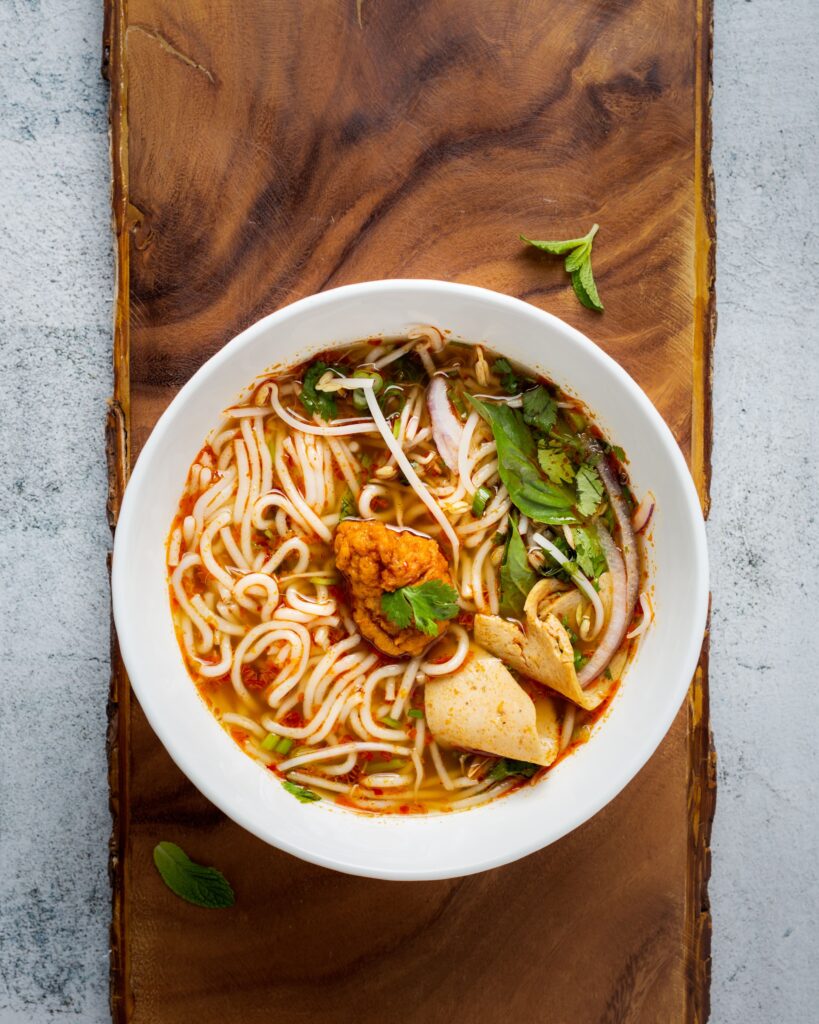
Food photography is a popular and rewarding genre that allows you to capture the beauty and appeal of food and drinks. In this article, we'll go over some tips and techniques for capturing stunning food photographs.
One of the most important elements of food photography is lighting. The quality and direction of the light can greatly affect the colors and textures of the food, as well as the mood and atmosphere of the photograph. For example, soft, diffuse light, such as that found on an overcast day, can create a moody and atmospheric image, while harsh, directional light, such as that found at sunrise or sunset, can create dramatic contrasts and highlight the texture of the food.
It's also important to consider the composition of the photograph. In food photography, it's often helpful to use the rule of thirds and leading lines to create a balanced and dynamic image. You can also use elements in the scene, such as props or background elements, to frame the main subject or create depth and movement.
Another important element is the use of color. Color is an essential element of food photography, as it can greatly affect the appeal and appetite appeal of the food. It's important to consider the color palette of the food and how it will look in the photograph, as well as the background and surrounding elements.
It's also important to consider the exposure settings. In food photography, it's often helpful to use a small aperture, such as f/11 or f/16, to keep more of the scene in focus. It's also important to use a low ISO to minimize noise and maintain image quality. Shutter speed is also important, as a longer shutter speed can create a sense of movement, such as in flowing liquid, while a shorter shutter speed can freeze action and capture sharp, clear images.
Another technique is the use of texture. Texture is an important element of food photography, as it adds depth and interest to the image. You can highlight texture by using different lighting techniques, such as backlighting or side lighting, or by using a shallow depth of field to blur the background and isolate the texture of the food.
It's also important to consider the presentation of the food. In food photography, it's often helpful to arrange the food in an attractive and appetizing manner, such as by using complementary colors and textures, and by adding garnishes or other elements to enhance the visual appeal of the dish.
It’s important to be patient and take the time to plan your shots. Food photography often requires scouting locations, waiting for the right light, and being prepared for changing conditions. By taking the time to plan and execute your shots, you can capture stunning food photographs that showcase the beauty and appeal of the dish.